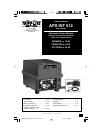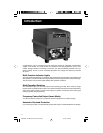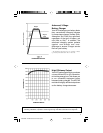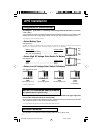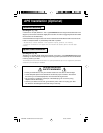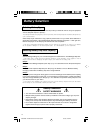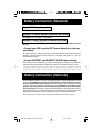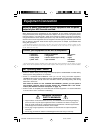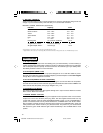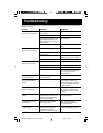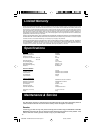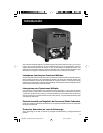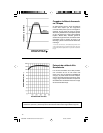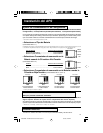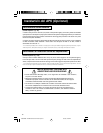
7
Battery Connection (Standard)
Choose the Basic Connection if you are running light hand tools or other small appliances for a brief
period of time (see Diagram 8, p. 47. Note: 8.1 is the alternator; 8.2 is the vehicle battery ground;
8.3 is a 12V vehicle battery; and 8.4 is the fuse). Choose the Advanced Connection if you are using
your APS to power heavy loads for extended periods of time (see Diagram 9, p. 47. Note: 9.1 is the
alternator; 9.2 is a battery isolator; 9.3 is the vehicle battery ground; 9.4 is a 12V vehicle battery;
and 9.5 is the fuse). This connection incorporates a battery isolator and separate battery system to
provide battery power to your APS while preventing it from draining your vehicle's battery. Note:
Depending on your application, you may require more than one 12V Deep Cycle Battery.
Caution: Never operate your APS from an alternator without a battery connected as show in Diagrams 8 and 9, p.47
Battery Connection (Vehicular)
Single 12V Battery Connection
(See Diagram 5, p. 46. Note: 5.1 is the fuse.)
Multiple 12V Battery System Connection (in Parallel)
(See Diagram 6, p. 47. Note: 6.1 is the fuse.)
Multiple 6V Battery System Connection (in Series)
(See Diagram 7, p. 47. Note: 7.1 is the fuse. Also, the connection will combine to provide
12V DC).
• Connect your APS's positive DC Terminal directly to a fuse near
your battery.
UL recommends that you install a recognized UL component fuse block and fuse within 18 inches of
the battery. The fuse should be rated a minimum of 100 amps. (See Figures 5, 6 and 7 for
recommended connection).
• Use the SHORTEST and HEAVIEST GAUGE battery cabling.
Use #4 cabling for DC cable lengths up to 10 feet. Use #2 cabling for lengths up to 16 feet. Shorter
and heavier gauge cabling limits DC voltage drop and allows for maximum transfer of current.*
* APS models are capable of delivering a much higher wattage output for brief periods of time. Therefore the wiring should
be configured to handle this brief high-current potential draw. Even though APS models are high-efficiency converters of
electricity, their rated output capacities are limited by the length and gauge of the wires running from the battery to the APS.
200002089 APS Manual 230 Volt Version.p65 5/31/00, 4:30 PM7



